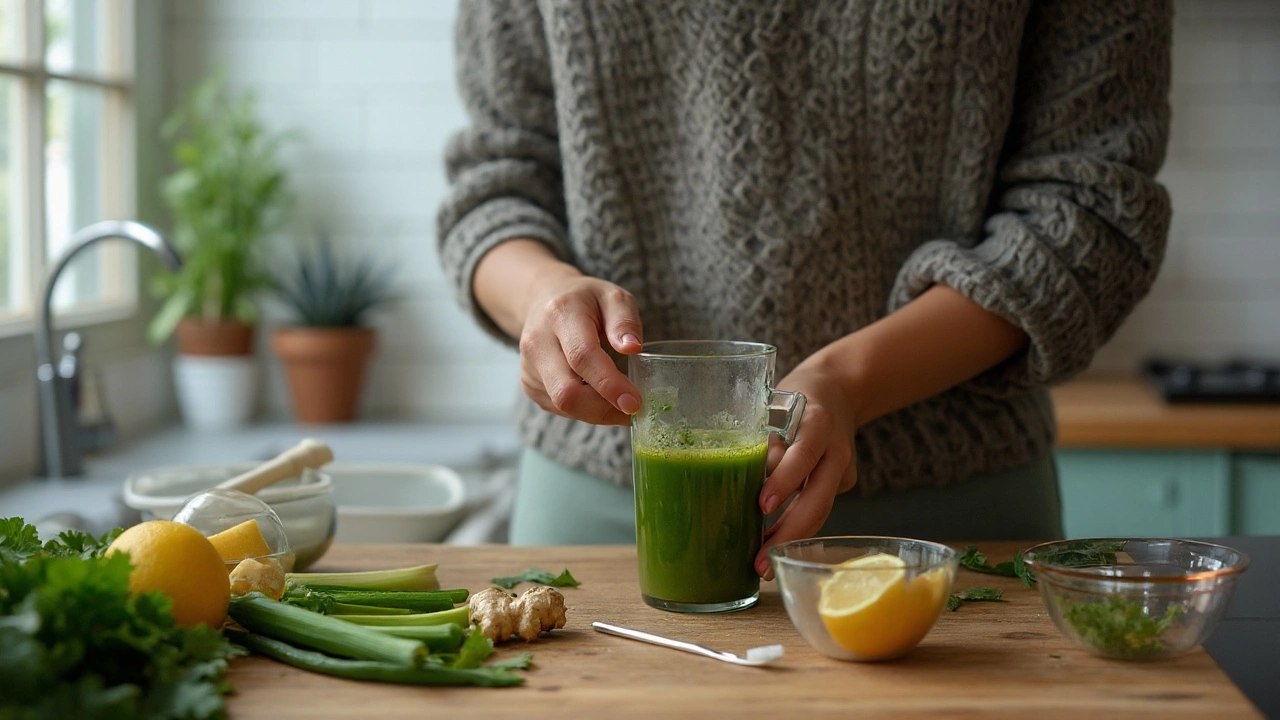Cold-pressed juice is made by crushing fruits and veggies with a hydraulic press, instead of using fast‑spinning blades. The slow pressure keeps heat down, so vitamins, enzymes, and flavor stay intact. If you’ve ever bought a bottle that claims “cold‑pressed,” you’re probably wondering if it’s worth the extra cost. The short answer: for most fresh produce, you get more nutrients compared with regular juice, and the taste is smoother. Below you’ll find the main health perks, how to choose a good bottle, and a couple of easy recipes.
First, the nutrient boost. Because the process doesn’t cook the ingredients, you keep up to 30% more vitamin C, B‑complex, and antioxidants. These help protect cells from damage and support immune function. Second, digestion gets a lift. Cold‑pressed juice contains natural enzymes that aid breakdown of food, which can reduce bloating for some people. Third, it’s a quick way to add more veggies to your day—especially if you struggle to eat a salad. Just remember it’s not a meal replacement; fiber stays behind in the pulp, so pair it with a protein source.
If you buy pre‑made juice, read the label. The best options have only fruit or veg ingredients, no added sugars, preservatives, or extra water. Look for a “cold‑pressed” stamp and a short ingredient list—ideally three items or fewer. When you make it at home, a basic hand‑crank press works, but a small hydraulic press is a solid investment if you juice often. Start with a 2‑to‑1 ratio of leafy greens to fruit to keep the sugar low. Blend spinach, cucumber, a half‑apple, and a squeeze of lemon for a refreshing morning boost.
Store your juice in a glass bottle with a tight lid, and keep it in the fridge. It’s best to drink within 48 hours; after that, the nutrients start to fade. If you can’t finish it, pour the remaining juice into ice‑cube trays and freeze for later smoothies. Also, keep the pulp—add it to soups, sauces, or baked goods for extra fiber.
Bottom line: cold‑pressed juice can be a tasty, nutrient‑dense addition to a balanced diet. Choose products with clean labels, or make your own with a simple press, and you’ll get more vitamins without the extra sugar. Pair it with solid foods, drink it fresh, and you’ll notice a subtle boost in energy and digestion. Give it a try and see how it fits your routine.

No-hype guide to health juice: what it can and can’t do, how much to drink, easy recipes, smart ratios, and safety tips to hit daily nutrients.
Read More